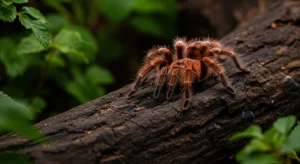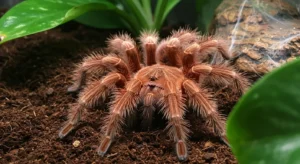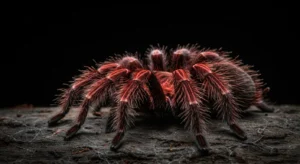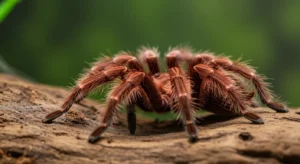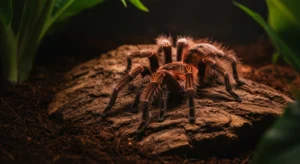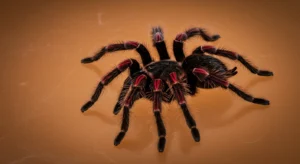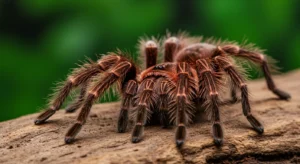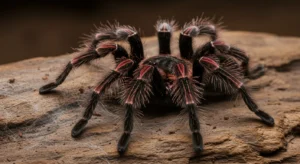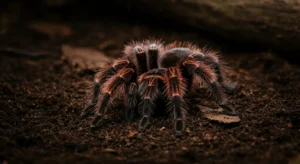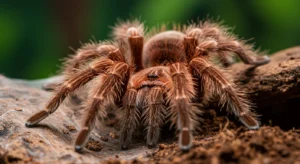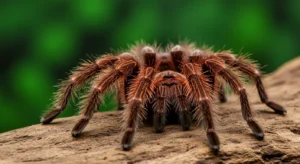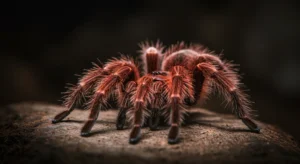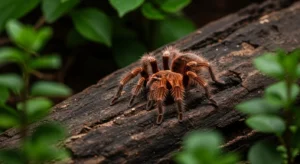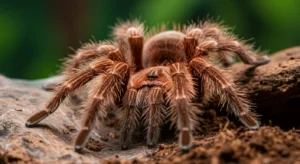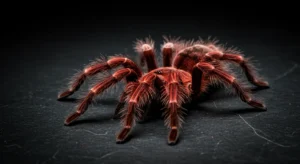Chilean Rose Tarantula and Humidity: Striking the Right Balance
Introduction: The Humidity Factor
Humidity, the amount of water vapor in the air, is a critical environmental parameter for all tarantulas, including the Chilean Rose (Grammostola rosea). While often described as a hardy species tolerant of drier conditions, getting the humidity right is essential for successful molting, hydration, and overall respiratory health. Striking the right balance – not too high, not too low – is key.
Natural Habitat Humidity
Chilean Rose Tarantulas originate from the arid and semi-arid scrublands of Chile, Argentina, and Bolivia. These regions experience distinct wet and dry seasons. While generally dry environments, these tarantulas often seek refuge in burrows where the humidity is naturally higher and more stable than the ambient air above ground. This is an important consideration for their captive care – they are adapted to overall dry conditions but benefit from access to microclimates with higher moisture, such as a burrow or a slightly dampened area of substrate.
Ideal Humidity Range in Captivity
For Chilean Rose Tarantulas, a relative humidity level of around 60-70% is generally recommended. Unlike tropical species that require consistently high humidity, G. rosea thrives in moderate levels. This moderate range supports respiratory function and aids in the molting process, preventing the tarantula from getting ‘stuck’ in its old exoskeleton.
It’s crucial to understand that providing a constantly damp or wet environment is detrimental. Good ventilation is equally important to prevent stagnant, overly moist air, which can lead to fungal infections and respiratory problems. The goal is moderate humidity with good air exchange.
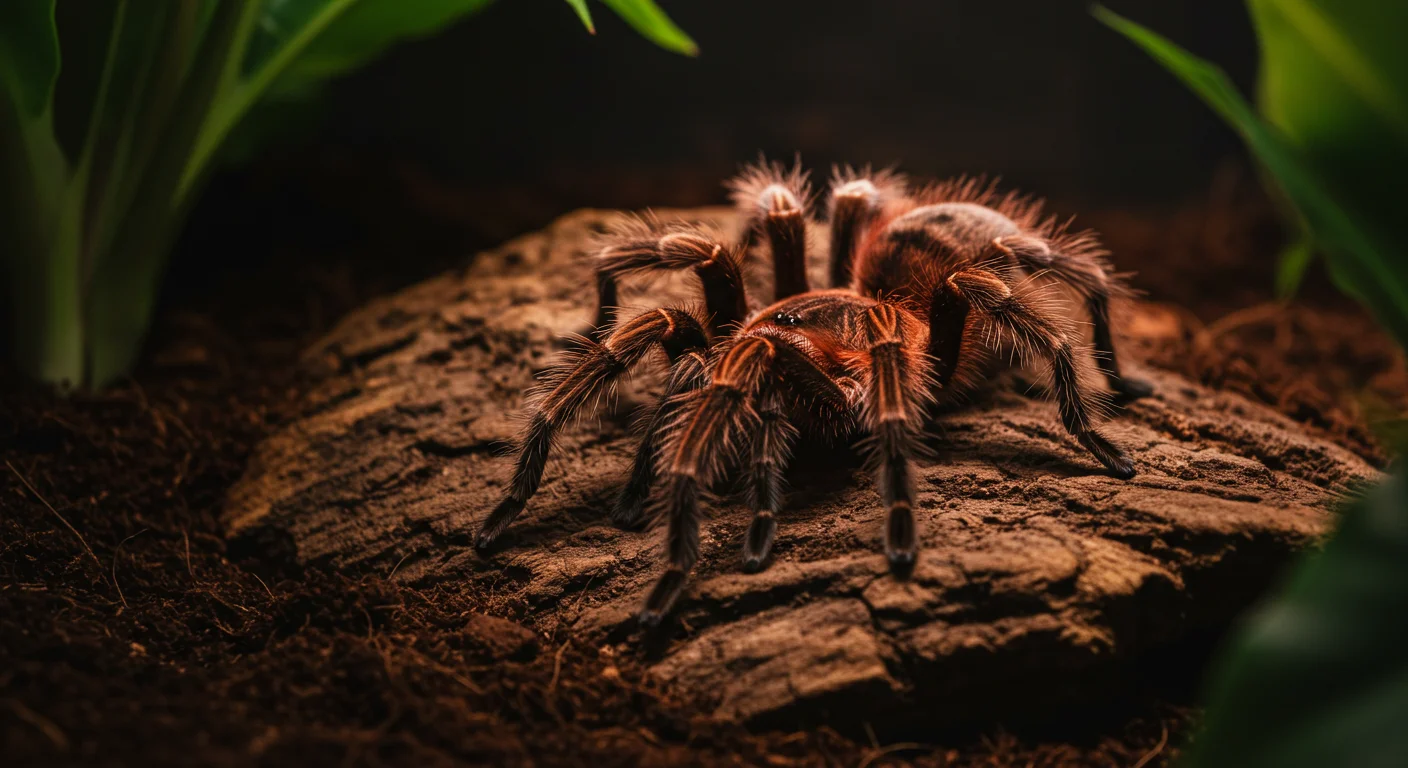
Achieving & Maintaining Humidity
Maintaining humidity for Grammostola rosea is relatively straightforward:
- Water Dish: Providing a shallow, wide water dish is the primary method. Evaporation from the dish will contribute significantly to the enclosure’s humidity. Ensure the dish is always filled with fresh water. For slings, a smaller dish or even bottle cap is appropriate to prevent drowning.
- Substrate Moisture (Optional & Limited): Occasionally overflowing the water dish slightly to dampen a small corner of the substrate can create a temporary moisture gradient, allowing the tarantula to choose its preferred humidity level. Avoid making the entire substrate damp. The emphasis should be on tips for maintaining humidity for Grammostola rosea safely.
- Enclosure Type: Enclosures with adequate, but not excessive, ventilation help maintain stable humidity. Very open mesh tops might require more frequent water dish refills in dry climates.
- Avoid Misting: Direct misting is generally unnecessary and often discouraged for Chilean Roses. It can stress the tarantula and create overly wet surface conditions which they dislike. Rely on the water dish and occasional substrate dampening if needed.
Risks of Imbalance
- Too Low Humidity: Can lead to dehydration and difficult molts (dysecdysis), where the tarantula struggles to shed its old exoskeleton, potentially causing injury or death.
- Too High Humidity (especially with poor ventilation): Increases the risk of mold growth, fungal infections, bacterial issues, and respiratory problems. Chilean Roses are particularly susceptible to problems in overly damp conditions. According to arachnid researchers referenced in sources like the British Tarantula Society, proper husbandry, including humidity control, is paramount.
Ventilation is Key: Never sacrifice ventilation in an attempt to boost humidity. Stagnant, damp air is far more dangerous than slightly lower humidity levels for this species.
Monitoring Humidity
Using a hygrometer (humidity gauge) inside the enclosure allows you to monitor the levels accurately. Place it near the middle of the enclosure, away from the direct vicinity of the water dish, for a more representative reading. Regular checks help ensure the environment remains within the ideal range.
By understanding and managing humidity correctly, you provide a crucial element for your Chilean Rose Tarantula’s health and longevity.
Reference point concept influenced by information accessible via the British Tarantula Society resources.
